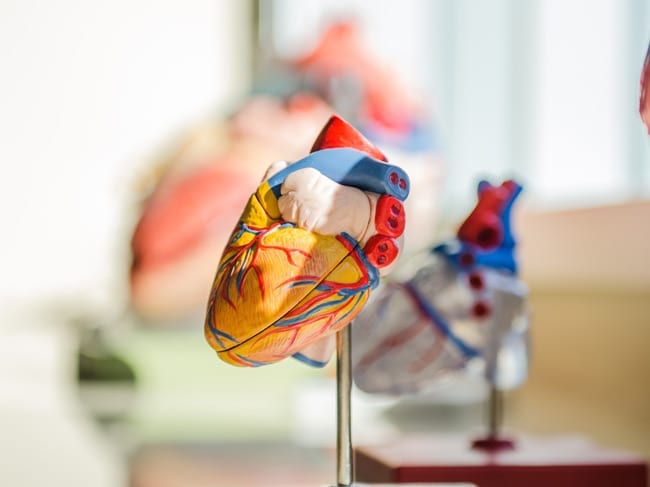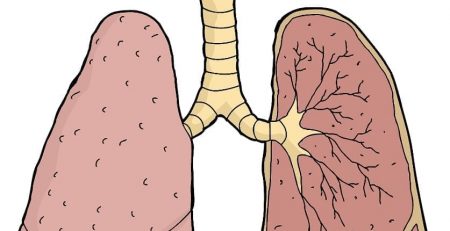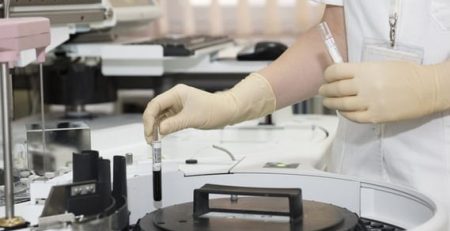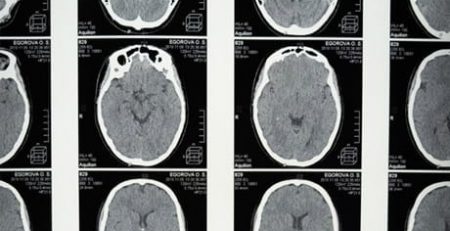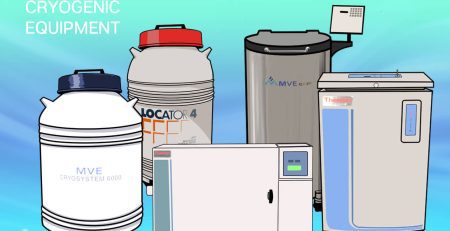New Approach May Extend Viability of Heart Transplants
Organ transplants face a number of hurdles – but one of the largest hurdles for heart transplants is time. There is just a 4 hour time frame of viability from the time a heart is removed from the donor to when it is implanted into the recipient, rendering approximately 70% of hearts non-viable by the time they reach recipients, according to IFLScience.com.
“The standard of care for heart preservation and transportation is a cooler with a limited preservation time of 4 hours from the time the heart is cross-clamped to the time it reaches the recipient patient. Ischemia (restriction of blood supply to the tissue, causing a lack of oxygen to the tissue, and resulting in cell death) begins immediately after the heart is disconnected from the body. Thus the heart has to be transported immediately to the recipient within the 4-hour period,” lead author Dr. Rafael Veraza from the University of Texas Health at San Antonio told IFLScience.com.
“In effect, by limiting the time to 4 hours, the geographical location where hearts can be matched to the proper recipient, is limited. With a device that can extend the preservation time beyond 4 hours up to 24 hours, it extends the geographic location where hearts can be transported to the proper recipient.”
So a team of researchers set out to address just that, announcing the development of a preservation device at the American Association for the Advancement of Science meeting in Seattle.
The technology, known as ULiSSES (Universal Limb/organ Stasis System for Extended Storage), uses perfusion to keep the cells oxygenated, delaying cell death. To test the viability of the technology, the team placed five pig hearts in ULiSSES immediately after their death. The machine kept the hearts beating at 60 pulses per minute at a temperature of 4-degrees Celsius. The hearts were also oxygenated with a Krebs-Henseleit solution. They found that using this technology, the hearts remained viable after a 24 hour period.




